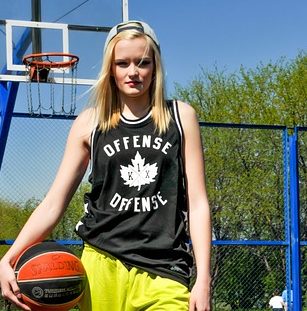Physical Activity and Myeloproliferative Neoplasms
Myeloproliferative neoplasms (MPN) are a group of blood disorders that can have a significant impact on patients’ lives. Physical activity (PA) has been recognized as an effective non-pharmacological approach to alleviate symptoms and improve quality of life in cancer patients. However, little is known about how MPN patients engage in PA and the factors that influence their activity levels. In this article, we will explore the results of a multicenter survey that investigated the influences of anxieties, age, and motivation on PA in patients with MPN.
Survey Methodology and Sample
The study utilized a large questionnaire survey conducted among 634 MPN patients from various medical centers. The participants were asked to provide demographic information, complete questionnaires related to their PA behavior, anxieties, symptom burden, and health-related quality of life (HrQoL). The patients were divided into three groups based on their PA levels: inactive (all insufficiently active patients who do no sports at all), non-targeted active (all moderately and sufficiently active patients who do no sports at all), and sporty active (all moderately and sufficiently active patients who do sports regularly).
Influence of MPN Disease on Physical activity
The survey found that 73% of the patients reported that their MPN disease had an impact on their PA behavior. Of those, 30% indicated a reduction in PA levels since their diagnosis. Different MPN subtypes showed varying levels of influence, with myelofibrosis (MF) patients reporting the highest impact on PA.
Anxieties and PA
Anxieties related to certain events, such as thrombosis, bleeding, and skin reactions, were found to influence PA behavior. Among the surveyed patients, 45% reported experiencing anxieties related to these events. The anxieties varied depending on the MPN subtype, with polycythemia vera (PV) and essential thrombocythemia (ET) patients expressing more fear of thrombotic events, while chronic myeloid leukemia (CML) patients reported more anxiety about infections.
Age and Physical activity
The study also revealed that age played a role in PA behavior, with inactive patients being significantly older than those in the sporty active group. Additionally, inactive patients had a higher body mass index (BMI) compared to the sporty active group.
HrQoL and symptom burden
The sporty active group reported better quality of life and lower symptom burden compared to the other two groups. They experienced less fatigue, bone and muscle pain, and concentration problems. There were no significant differences in symptom burden and HrQoL between the inactive and non-targeted active groups.
Importance of Information and Motivation
The survey highlighted that a significant number of MPN patients did not feel adequately informed about the importance and possibilities of PA. This lack of information was more prevalent in inactive and non-targeted active patients. However, the desire for more information about PA was expressed by all patient groups.
Conclusion
The survey findings emphasize the importance of understanding the impact of MPN disease on PA behavior. The study highlights that anxieties, age, and motivation significantly influence PA levels in MPN patients. It underscores the need for targeted PA information and education, as well as the inclusion of sports programs to support MPN patients in maintaining an active lifestyle. Further research, including longitudinal studies, is necessary to explore the causality between symptom burden, HrQoL, and PA in MPN patients.
